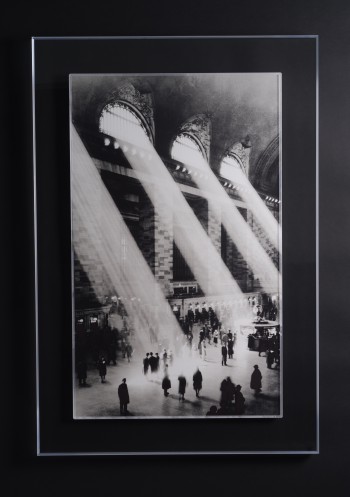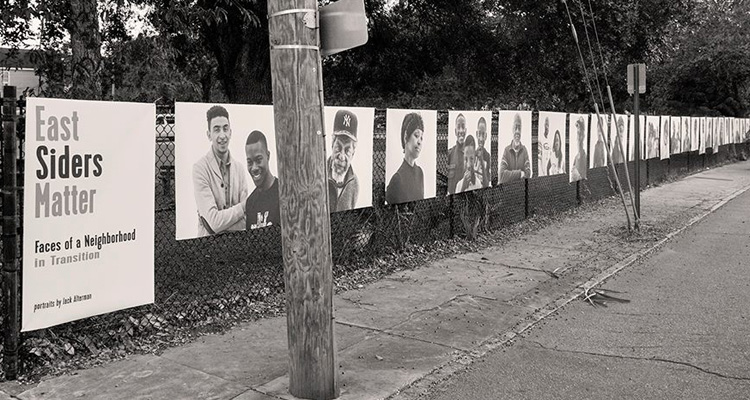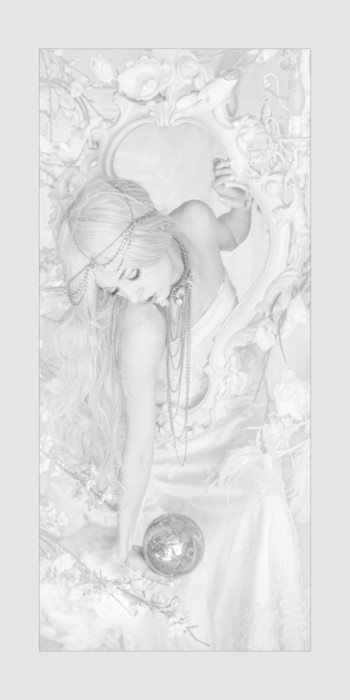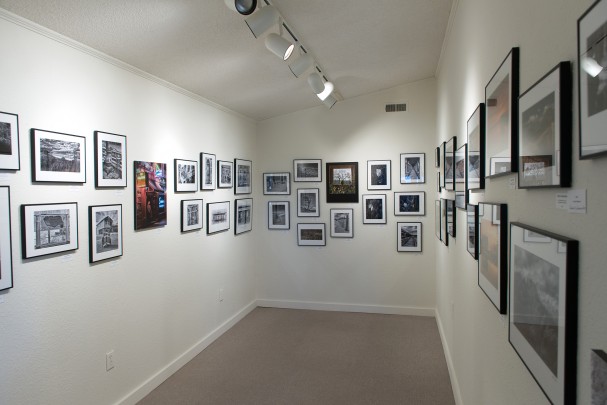For Wonderwall Studio in Austin, Texas, the presentation is as much of an art process as the creation of the artwork itself. The company prints and finishes a variety of images from photographers and artists around the world, and a key focus is choosing the right media to print to. The master printers at Wonderwall print to paper, canvas, wood, metals, mirrors and acrylic frames and boxes, to name a few.
 Company co-founder and 20-year artwork printing pro Joseph Garcia says he mass-produced artwork in the past, but today his team focuses primarily on high-end art. To stay true to the artist’s or photographer’s work and deliver it in a variety of applications, working with quality substrates is paramount.
Company co-founder and 20-year artwork printing pro Joseph Garcia says he mass-produced artwork in the past, but today his team focuses primarily on high-end art. To stay true to the artist’s or photographer’s work and deliver it in a variety of applications, working with quality substrates is paramount.
For black-and-white image printing, Garcia says he relies on Hahnemuhle FineArt Baryta 325g and Hahnemuhle Photo Rag 308g, both currently available at reduced pricing from LexJet. This image of Grand Central Station, at left, was printed on the Baryta paper.


 Photographer Ben Shirk isn’t afraid of a challenge. In fact, when considering what to shoot for this year’s print competitions, a friend dared him to created an award-winning photograph in-camera, rather than relying on his advanced Photoshop skills for creative editing.
Photographer Ben Shirk isn’t afraid of a challenge. In fact, when considering what to shoot for this year’s print competitions, a friend dared him to created an award-winning photograph in-camera, rather than relying on his advanced Photoshop skills for creative editing.